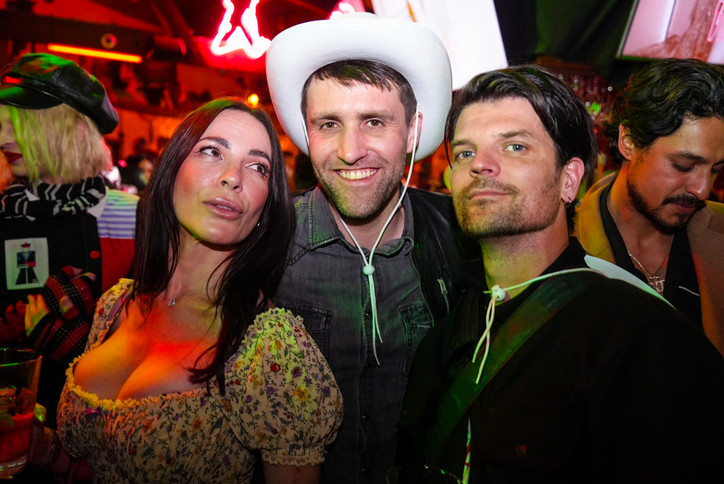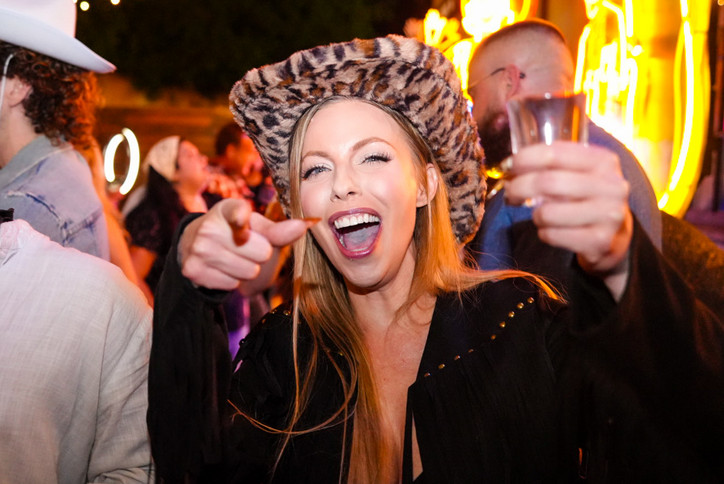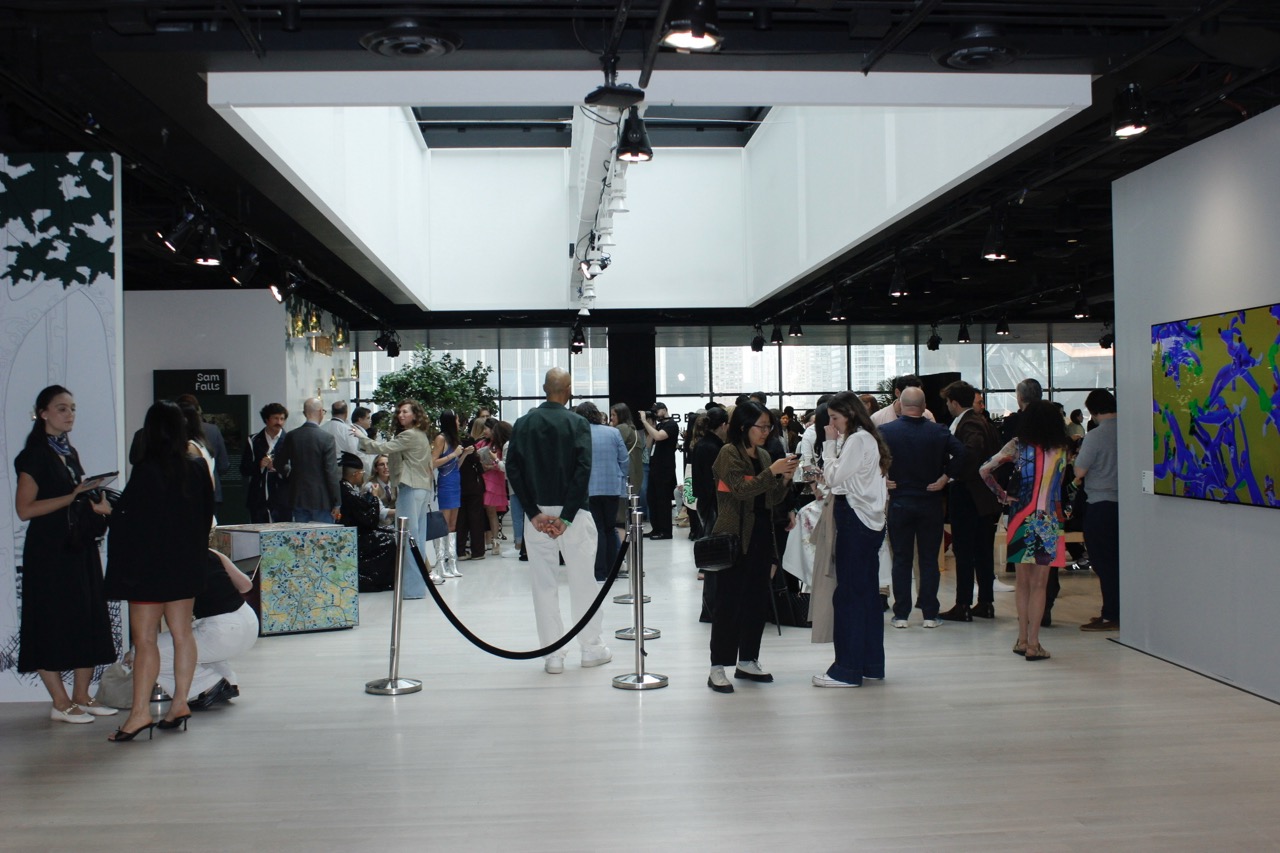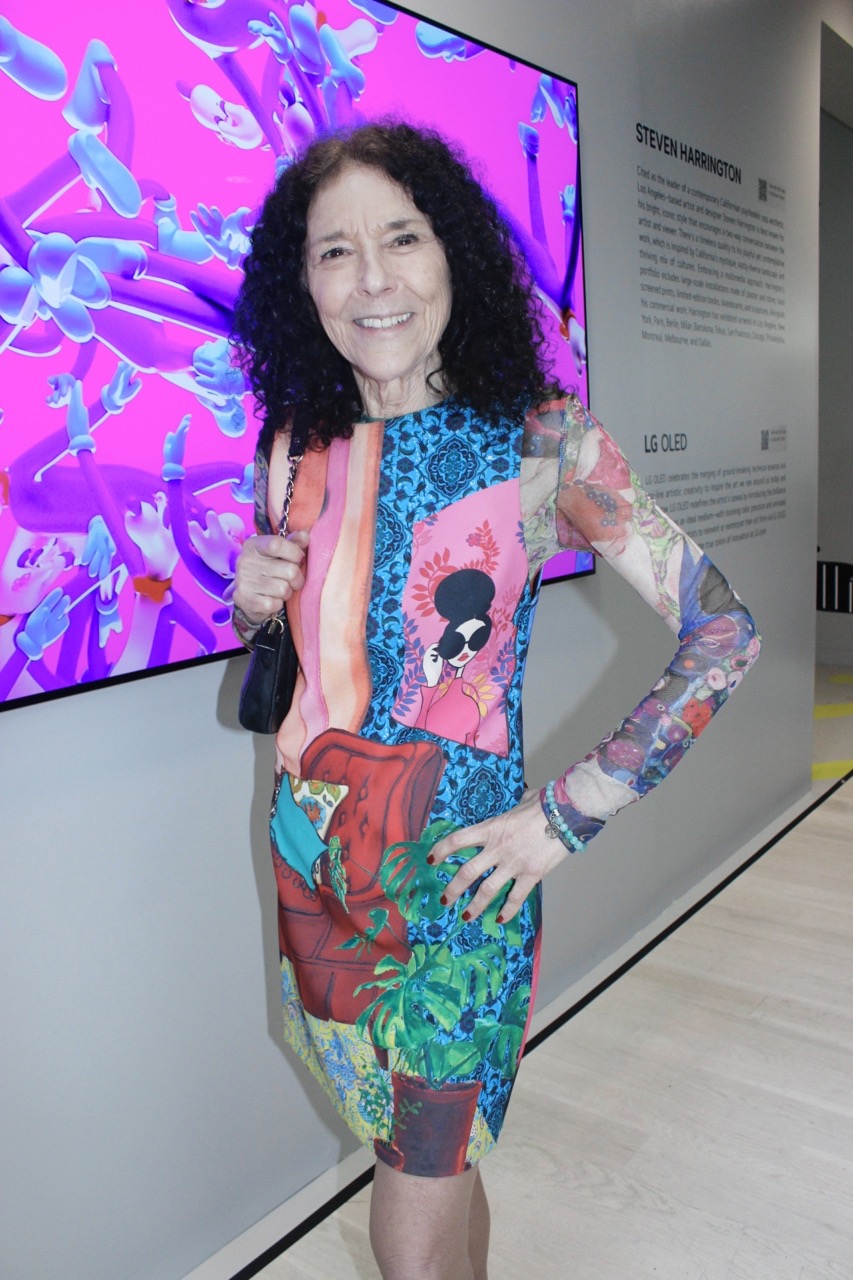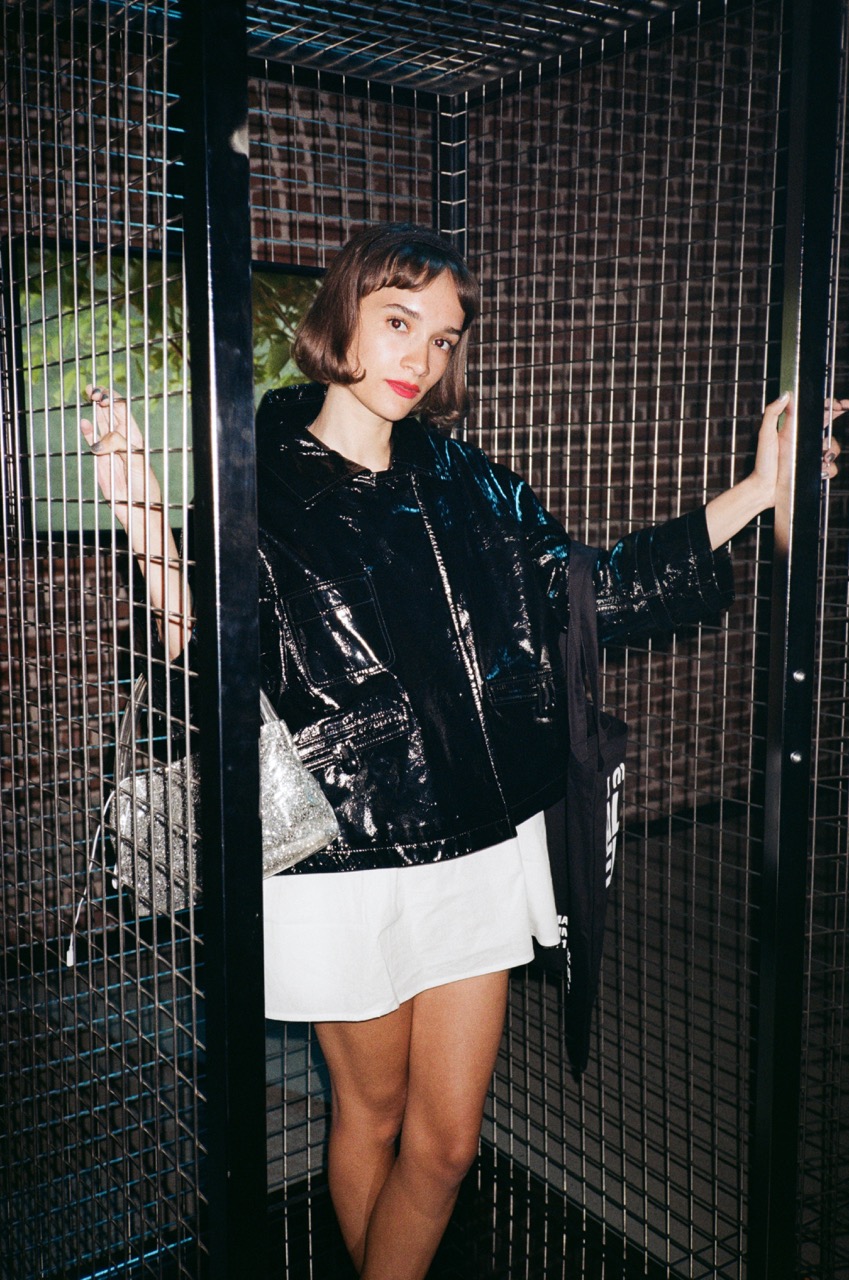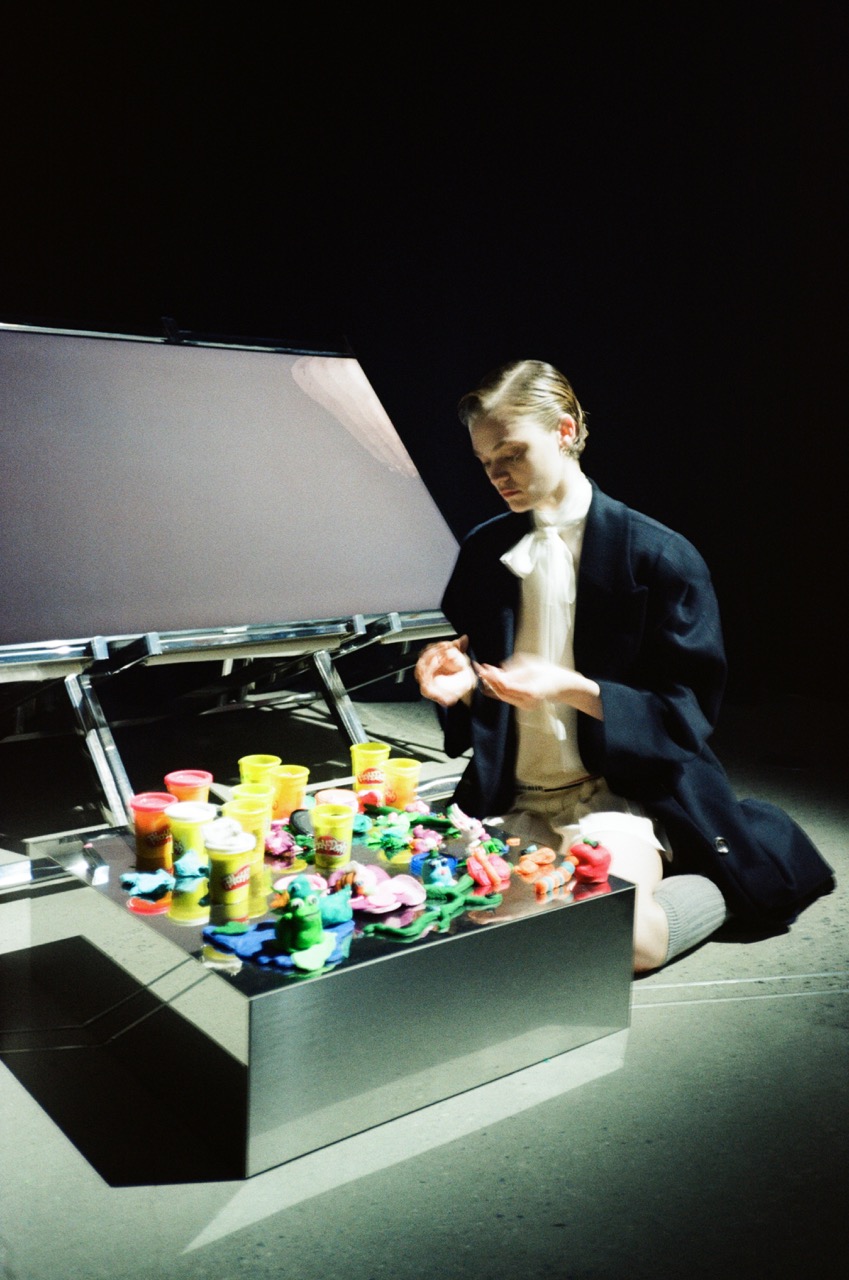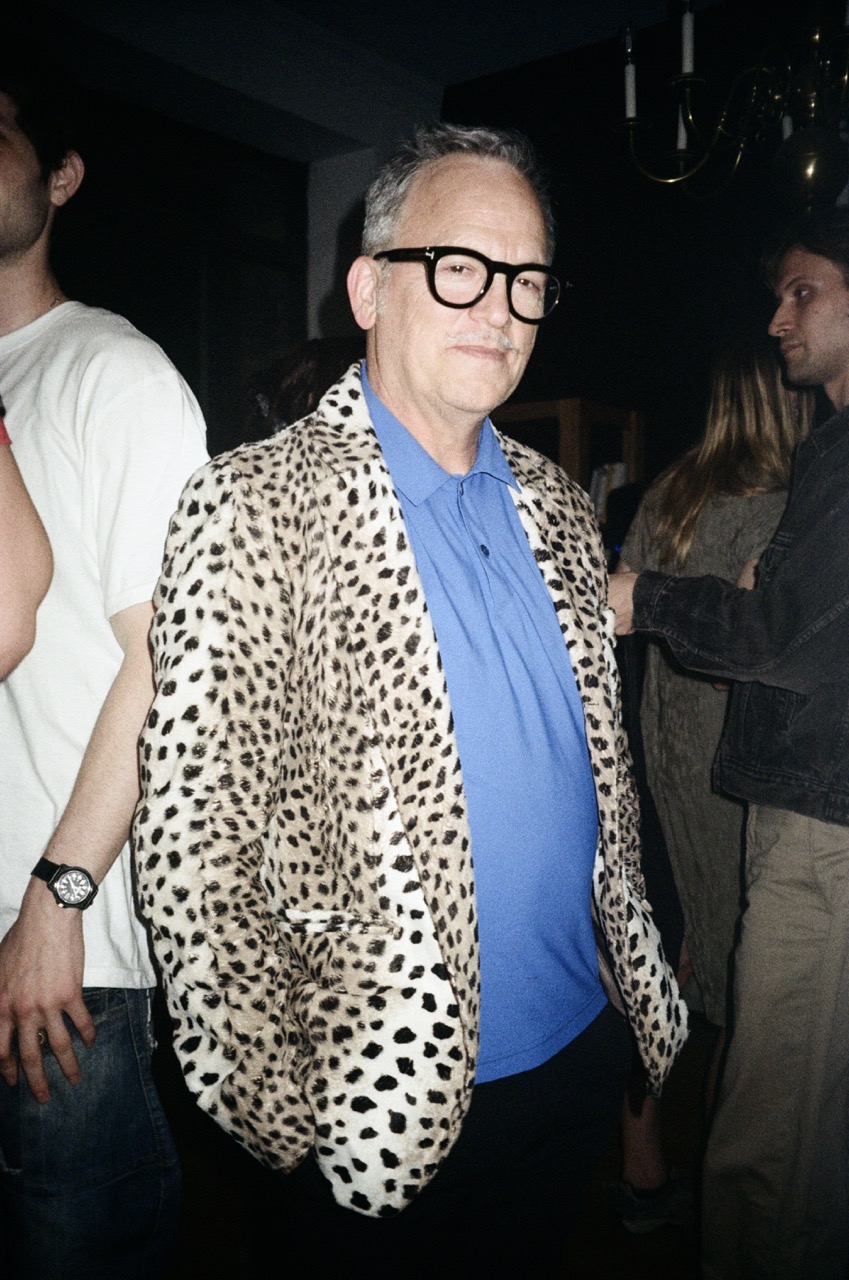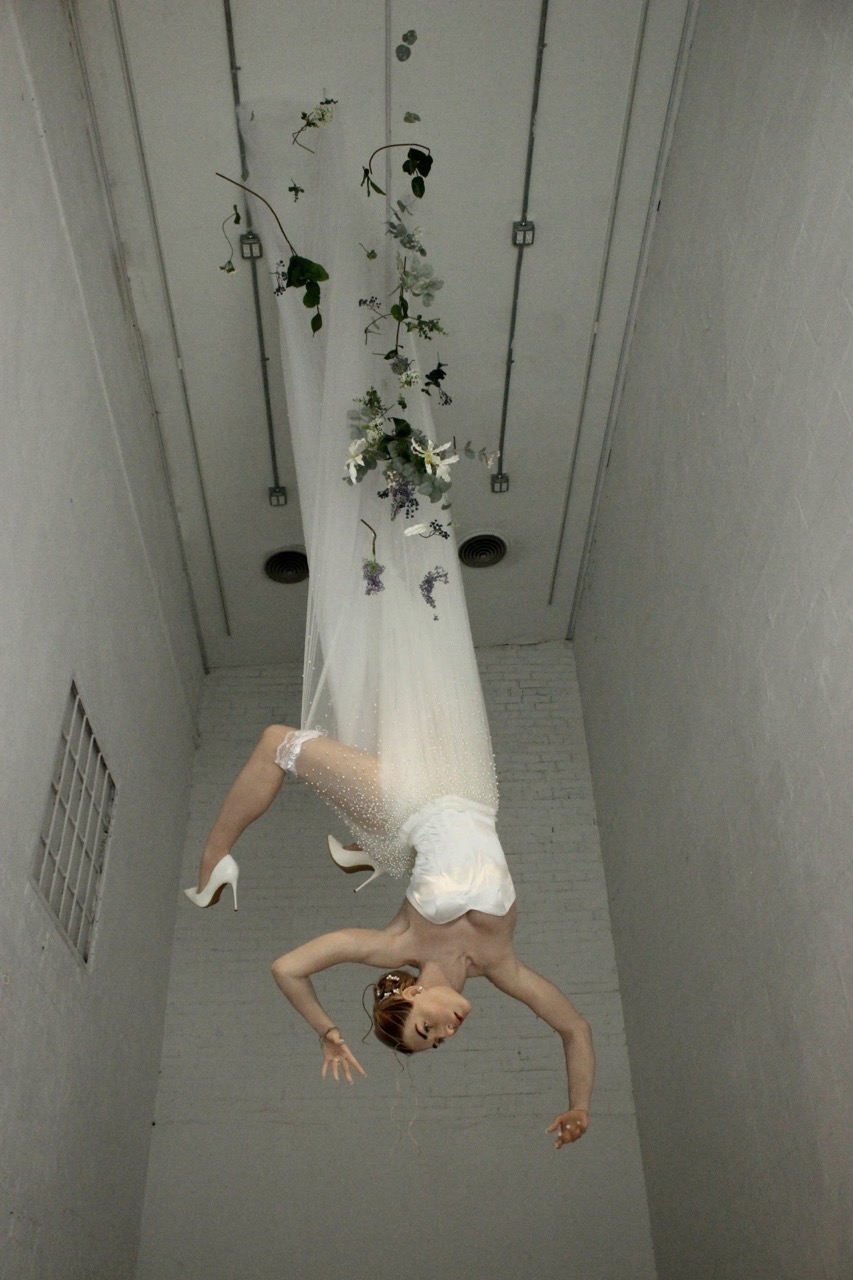House of Ruin

Do you see House of Ruin as a project? A business? Both?
I'm actually not sure! I've kind of dug myself in without a clear vision of the future. The idea really came as a personal response to stresses from the more commercially driven markets that artists often find themselves navigating. I decided to set up an Instagram account in November, posted a few samples from past sessions, and just took it from there. It’s been busy, but I have zero interest in getting rich off of it. As long as it feels good to do, and it's attracting kind, interesting clients, I'm in.
How long have you been applying tattoos?
Technically, I started about eight years ago, while I was living in Portland.
Were you self-taught, or did you have someone showing you the ropes?
A former partner showed me some of the technical things: how to sterilize the needle, wrap it with thread, and so on. But with a lot of it, I developed my approach as I went. Like, it’s only fairly recently that I started using transfer paper—I used to just draw the designs on with a pen. So there were times where I’d be doing a piece and end up wiping away half my design by accident. I’d have to stop in the middle and re-do the drawing before starting again. With things like that, you just figure out what works over time.
As you began, did you already have many tattoos yourself?
Yes. I had a series of shop tattoos done when I was 18 or 19, but it became pretty clear that I couldn't afford to keep doing that. So I looked around and realized there were other ways to get tattoos: people who happened to own machines, or even doing it myself with minimal supplies. I started exploring those options, and the number grew quickly from there.
Do you remember the first tattoo you had done?
Of course! I went to Lit Fuse in Olympia, WA, as soon as I turned 18. I had this woman (I think her name was Stacy) do these big, colorful pansies on my feet.
So even at that early age, you were eager to dive in.
Oh, yeah. I was definitely patiently waiting to be old enough to get tattoos through my teen years. (laughs)
I'm assuming the shop tattoos were all machine-rendered?
Yeah. It seems like it's only in the last year or two that people have even fathomed the idea of stick and poke being part of shop culture. It may be slowly shifting that way, but it’s still definitely not the standard.

So then what was your introduction to stick and poke?
I was keyed in through friends of mine who were train hoppers. It’s interesting, because stick and poke is essentially derived from prison tattooing, but train culture was actually where I was first introduced to it.
As an artist, what's the appeal of the stick and poke as opposed to the gun?
Honestly, for me, it's half laziness—I just haven't put the time into learning how to use a machine. Stick and poke is much more straightforward: you’re working on a smaller scale, the designs are less complex, there’s less focus on realism and shading. It also feels somehow less aggressive, which is why I think a lot of people prefer it. It’s slow and deliberate, rather than this fast and sustained pressure, and even just not having the loud buzz of the machine can make things feel less anxious. I still get machine tattoos all the time, but even I feel a sense of dread when I hear the machine click on.
Dread? Why?
Because it hurts! (laughs) I always forget how it feels in-between getting them done.
So you don’t have any interest in exploring machine work, for House of Ruin or otherwise?
I can't see myself stopping doing hand-poked tattoos, but I am interested in learning how to properly use a machine, just for my own growth. I actually got to use a rotary machine recently, and it felt a lot better to me than when I've tried coil—smoother, less noisy, less jumpy. So I'm interested to see what I could do with that.
I’ve had them done both ways. I wouldn’t say I preferred one experience to the other, but they were certainly different, if only in terms of artist-client interaction. Non-electric’s a much more relaxed situation.
Right. When I’m giving the tattoos, I like that the process—the sound or the action—doesn’t disrupt your ability to just sit and talk. Stick and poke can be a slow process, so if I'm going to hang out with someone for that long, I’d like to get to know them.
Generally speaking, who have your clients been thus far? Friends? Fellow artists? Random strangers?
All of the above. I've been tattooing friends for a long time, but creating House of Ruin really meant opening up my practice to all of these other people who had maybe seen my work before, but who I didn't personally know. Of course, with Instagram, things move beyond general acquaintances pretty fast anyway. So far, though, it’s been people who can easily be traced back to my own social life, which is great. It’s definitely a network—it seems like everyone has some kind of connection, and it’s been fun to uncover what those might be.
So how does it go? Once someone reaches out, do you present them with flash to choose from?
It started that way, but I learned pretty quickly that no one ever sticks to a plan, so now I try to encourage figuring it out once they get to my studio.I do have notebooks piled around the space for reference, but a lot of the time, I’ll just talk with the person and end up drawing something new on the spot. I actually prefer it that way—it’s fun to follow people’s instincts.
Where’s your studio?
I work out of my home in Brooklyn. The studio itself is separate enough that it doesn't feel like it's violating my personal life, but it also offers a private and comfortable environment. I'm always down to share a coffee or beer as I work, and our cat Turtle usually comes to hang out and play. I do try not to show up wearing sweats, but the general attitude is definitely chill.
As an artist, is the domestic setting a large part of the appeal? Would you ever consider working at (or even establishing) a shop?
It really depends. I think it'd be great in terms of having a clean, defined zone to work in and have people visit, but most shops still feel a little too aggressive or judgmental to me. I've definitely had “tattoo” people snark on my tattoos before, and there's still a big cultural barrier between commercial/traditional American shop sensibilities and this more underground DIY aesthetic. I think there's a lot of room for shops to grow, adapt and encompass these changing aesthetics and interests, but I don't think it's there yet.
From what you were saying earlier about custom designs, I assume your pieces tend to be one-off rather than open edition.
Yeah, I give people fair warning that I won't do the same one again. I think it’s important that each person feel like they've got a unique piece. But it’s still good when someone’s drawn to a particular design, even if it’s been done, because it allows me to elaborate on that subject. By finding out what the person liked about it, we’re really able to open things up.


Would you ever apply something drawn by another artist?
I mean, I haven't made an executive decision on that, but it's definitely not what interests me. Honestly, I don't feel like my technical skills are good enough for me to be sought for that—if someone wants a pre-existing image done to a T, they're probably better off finding a more precise draftsman. But that really hasn’t come up too much. My studio’s not like a shop, where you’ll have walk-ins with random ideas. I think the people that seek me out are coming specifically because they like my work, which is really nice.
How would you say your skills have developed over the years? Do you consider yourself a professional?
Definitely not. The tools and techniques involved here are so minimal that literally anyone could do it; I feel like the only skills I have are drawing and maybe being a little faster and more accurate than someone who’s just starting out. There's a lot to look at within tattooing in terms of people's technical abilities, their creative design, and how they blend the two in a way that only works on the body. I'd say I'm still in the relatively early stages of exploring that fusion.
But in terms of precision, how much of it is the nature of the medium? Is stick and poke inherently less intricate than machine work?
Not necessarily. I do feel like most people's stick and pokes tend to look the same: rudimentary symbols and designs, all done in contour. Even with practice, it can be very difficult to capture certain sharp angles or details working this way. But I also think that in choosing to work by hand, a good artist has to know how to design to its limitations. There are a lot of effects you can do by hand that just aren't the same by machine. Artists like Pacing Tiger and Bone Chance are good examples of working the method into the design.
I know you’re very specific about your drawing materials. Is the same true for tattoos?
Honestly, as far as I can tell, the quality of most professional supplies is pretty similar. For me, it was simply being introduced to them that really changed my game. I was still using sewing needles and India ink until about two years ago, when my current partner introduced me to professional tattoo supplies. He'd started out with sewing needles like I did, but he bought a machine and sort of graduated to real supplies. I’ve found that I like using 3 or 5 Round Liners for my designs, which means you have three or five needles tightly packed to a point.
It’s a fairly minimal setup: elemental, compact, not reliant on electricity. Given how much time you spend traveling, I could see that being of real benefit.
It definitely is—although, to be fair, mobility is actually a pretty established aspect of contemporary tattooing. People move around shops all the time and do guest spots, which I’ve always thought was neat. Especially for anyone interested in specific, well-developed aesthetics, it's great to know certain artists might make it through your town. The same can be true for stick and poke sans shop. I'm about to be on the West Coast for a month or two and will definitely set up days in each city to take appointments. I love combining work and travel, as you get to talk to so many people, find out firsthand what their lives are like and see things from the inside. It opens so much up for connections and surprises.
I was thinking about the project’s name earlier, the way it suggests the passage of time. It strikes me that while people commonly discuss tattoos in terms of “permanence,” it’s actually quite an ephemeral medium—vulnerable to stretch, sun exposure and scarring, lasting only as long as the person wearing it.
Absolutely, which is something I love about it. The name House of Ruin came directly from this idea of permanent impermanence. I was traveling around these ancient Lycian ruins that had also been built upon by the Romans and the Byzantines, and it was so amazing to think about these artifacts of history still being accessible thousands of years later. The cultures are gone, but here are their ancestors still walking around, herding their goats through arches and amphitheaters. Everything changes, but there's an impression made by every existence. I feel like the same idea applies here. Sure, tattoos are permanent, but none will ever look the same as the day you got it. They live with you, and change with you, and will be on your corpse when your body is rotting or burning to ashes. They're symbols of your existence and who you were at different points in history.


It’s interesting, though, because in discussing architectural ruins, the views can be twofold: where one might find beauty, and even the impossibility of “imperfection,” another might simply see dilapidation. With your project, there’s the suggestion that we might think of our own bodies in similar terms.
Exactly. The name was also meant to reference this idea of “ruining” your body with tattoos, which is something I find totally antithetical to the part they play in people's lives. My family is pretty eccentric, so they didn't put up much of a fight when my sister and I started getting tattoos, but with so many friends, there’s this real battle between their conservative family backgrounds and their choices regarding their bodies. It's important to be sensitive to these relationships, of course, but it's also important to help people understand that a tattoo does not ruin who a person is. I feel like this idea of maintaining “purity” is fucked. I think it's useful to keep wearing down those stereotypes.
It seems like many of these ideas translate directly to your designs. In developing your imagery, what have you been looking to as reference?
A lotof the work is totally original, but it’s always informed by work I see. I spend a lot of time at museums—I like to draw directly from sculptures, paintings, and artifacts. I tend to look at the little details, though, and draw from aspects that one might not notice at first glance. It's amazing to recognize what brilliant, weird and creative craftspeople have existed through history.
Where did this interest in historical imagery come from?
It very much stems from travel. From the time I was in high school, all I did was save money to go on trips. You can learn an incredible amount not only from exploring what’s there today, but also by looking at what’s been left behind. Our world is so overwhelmingly complex, yet the more you look at the development of various societies around the world, the better you understand why and how we are where we are. I think recognizing that different ideas of beauty, accessory, adornment, decoration, and design have always been a huge part of life for mankind is a really powerful way to connect back to history.
But with tattoos, there’s this back-and-forth in terms of translation. On one level, images can become personal icons; as with anything, their power resides in the meaning you instill. At the same time, though, icons can be reduced to images—which, though perhaps equally interesting, is also potentially dubious.
It’s something I think about a lot. I do find it funny that there’s this expectation that every tattoo “means” something to the person getting it. In my experience, that’s not always the case. Even with my own tattoos, my first few had elaborate personal narratives attached, but I've since moved on to a more decorative mode, which I think is just as valid. At the same time, though, you do have to understand where things come from and always be careful in how you use them—especially with icons, which I think hold real power. Evenwith something like the gammadion cross, it’s like, sure, it may be an ancient symbol of existence that personally resonates with you, but you know that everyone who sees it is just going to think, “Who is that fucking Nazi?” So it’s like, be aware, be respectful, and be prepared. Someone is going to ask you about every tattoo you get at some point. They always do.
What’s your own sense of ownership towards your designs? Do you feel like people are walking around wearing your art? Or does possession transfer upon inking?
It's all theirs. People choose what speaks to them and then live with it everyday of their lives. I have no claim on that. I feel like part of what made me so interested in going further with this practice is that it's art operating outside of a market system: pieces can't be sold, can't be collected, don't hold value beyond what’s placed on it by the beholder. I guess you could call House of Ruin a professional service, but I feel like it's more complicated than that. It's about our relationships with our bodies, our friends, our communities, our tastes, our secret lives and our public image. It's part of an ancient lineage of adornment, and it's a powerful way to renew and heal. I'm happy to be part of that process for people.
Last question: What are your goals for the coming year, art-specific or otherwise?
I still do a lot of other work outside of tattooing, but I actually want to start cutting a good deal of that out. The world is in a really fucking tough spot right now, and I want to have a clear head. I don't know what that means for my future, but cultivating these intimate experiences is valuable to me. I want to know what people are thinking and experiencing, and to stay connected to this extended community. So I hope to explore that community more—here in New York, but also outside it, and even outside the US.
Check out more from House of Ruin on Instagram.
Christopher Schreck is a writer, editor and publisher based in New York.




